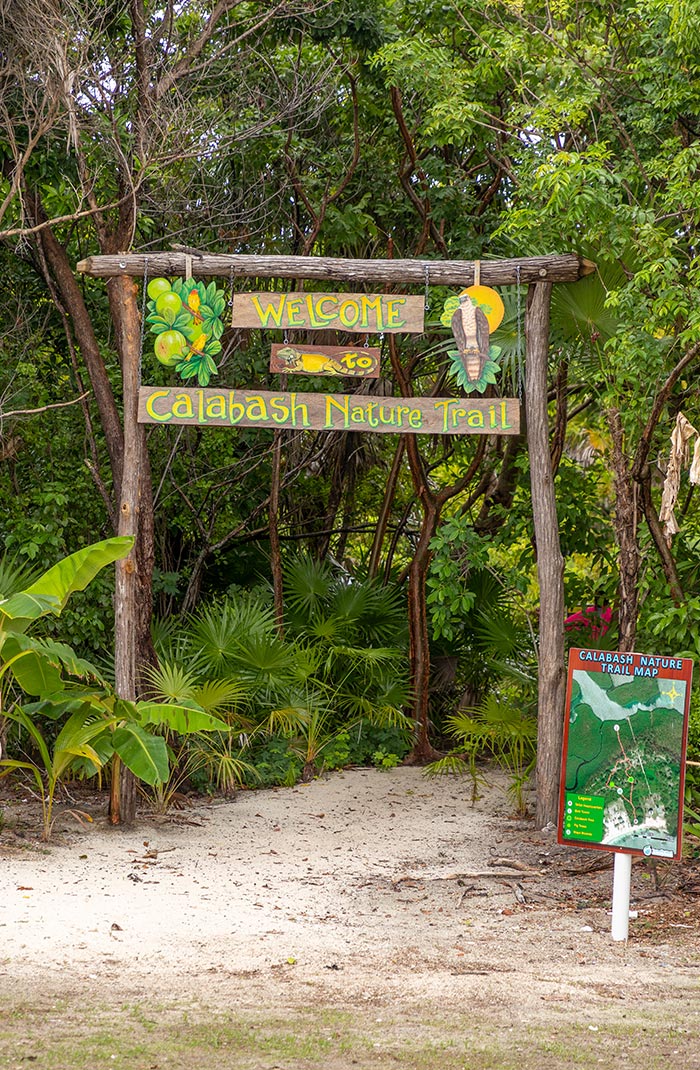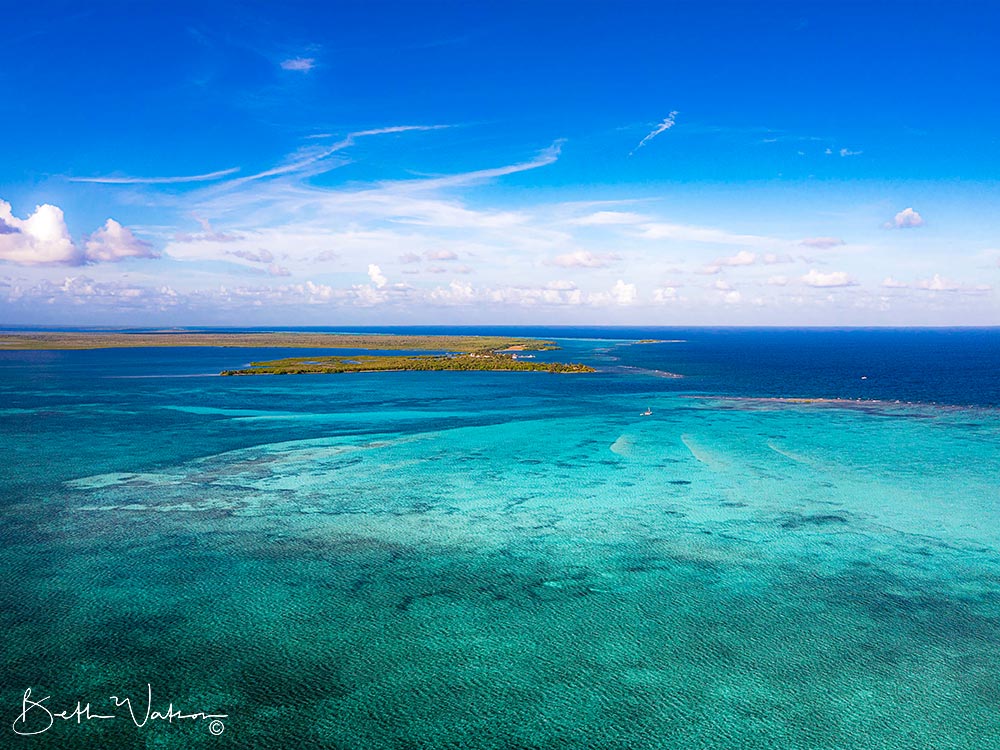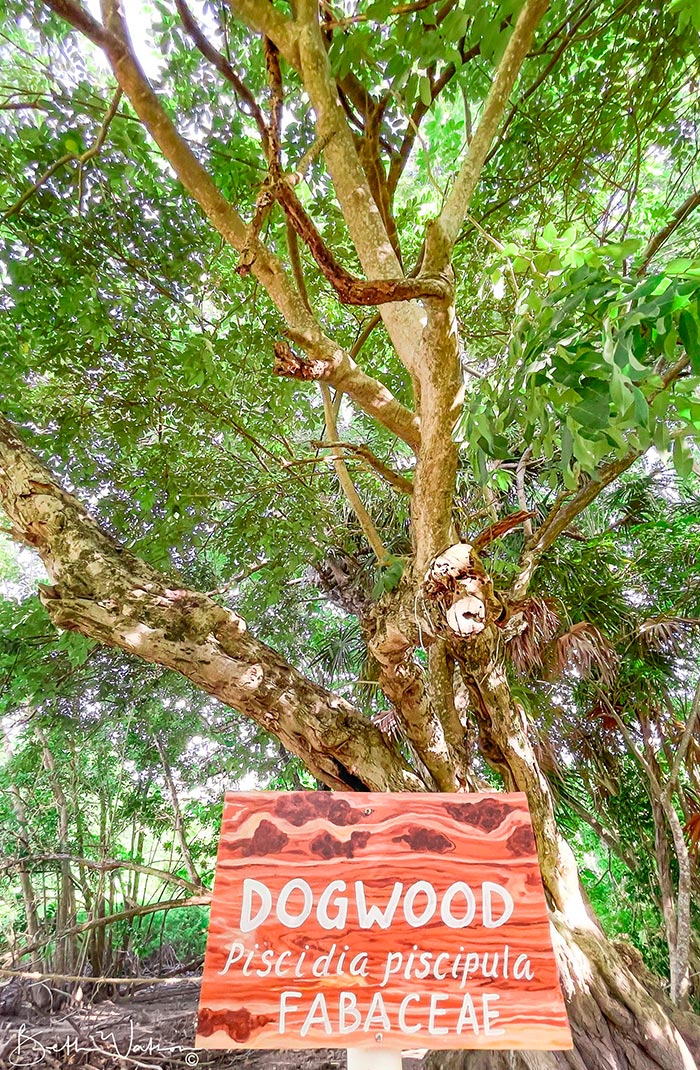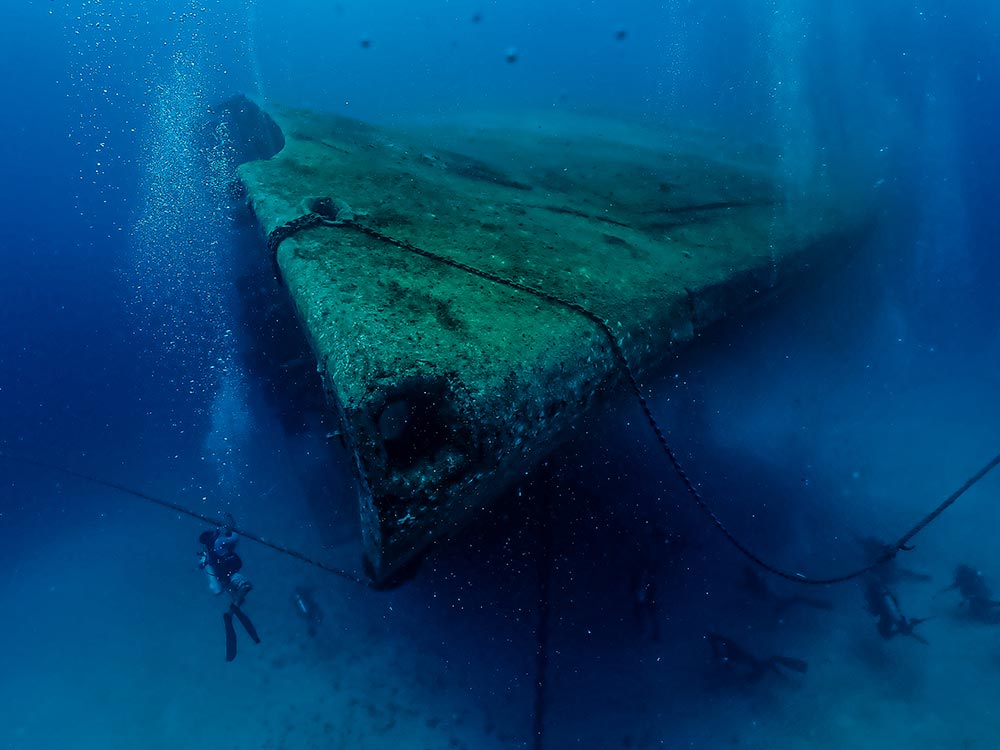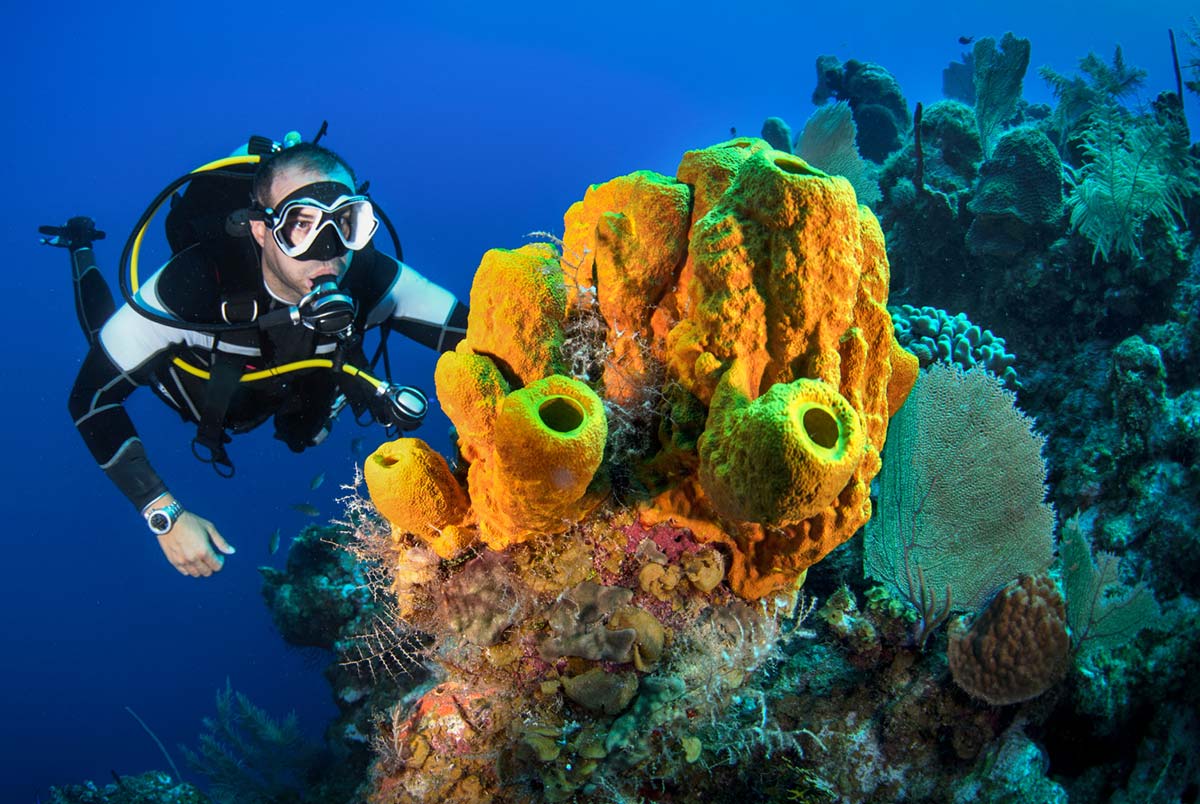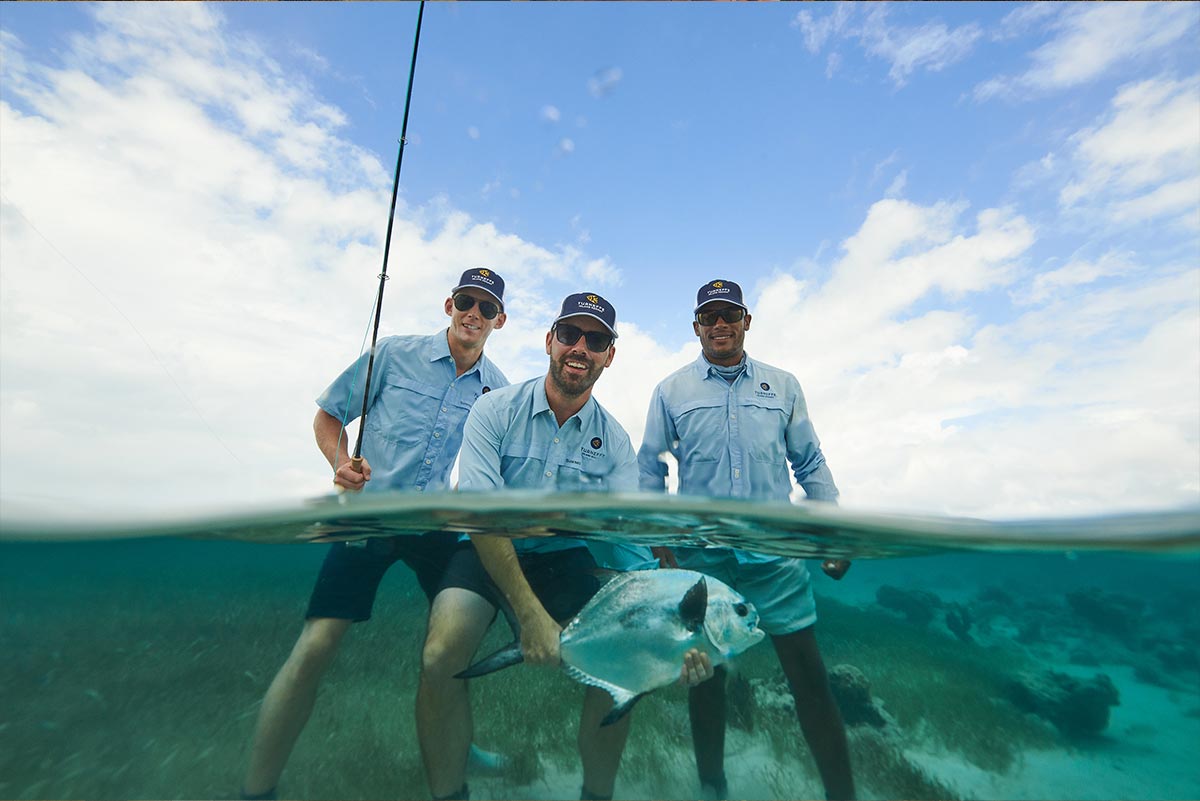- Home
- Discover
- Learn
- About Turneffe Atoll Marine Reserve
- History of Turneffe
- Who We Are
- TASA’s Programs
- What is a Marine Protected Area?
- Iconic, Important & Threatened Species on Turneffe Atoll
- Responsible Travel & Best Practices in Marine Parks
- Why Coral Reef Ecosystem Are Important
- The Importance of Science for Corals and Reef Ecosystems
- Embrace
- Make a Donation
- Visit Turneffe Blog
- Book Entry Tickets
- Partner Resources
- Get in Touch
- REPORT | Coral Growth
- Home
- Discover
- Learn
- About Turneffe Atoll Marine Reserve
- History of Turneffe
- Who We Are
- TASA’s Programs
- What is a Marine Protected Area?
- Iconic, Important & Threatened Species on Turneffe Atoll
- Responsible Travel & Best Practices in Marine Parks
- Why Coral Reef Ecosystem Are Important
- The Importance of Science for Corals and Reef Ecosystems
- Embrace
- Make a Donation
- Visit Turneffe Blog
- Book Entry Tickets
- Partner Resources
- Get in Touch
- REPORT | Coral Growth

